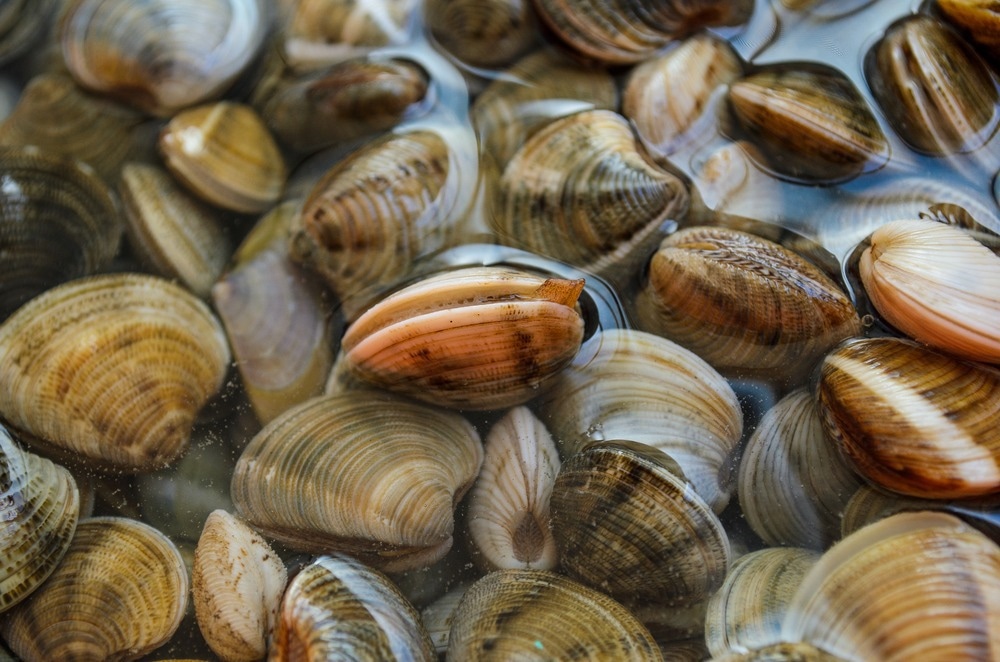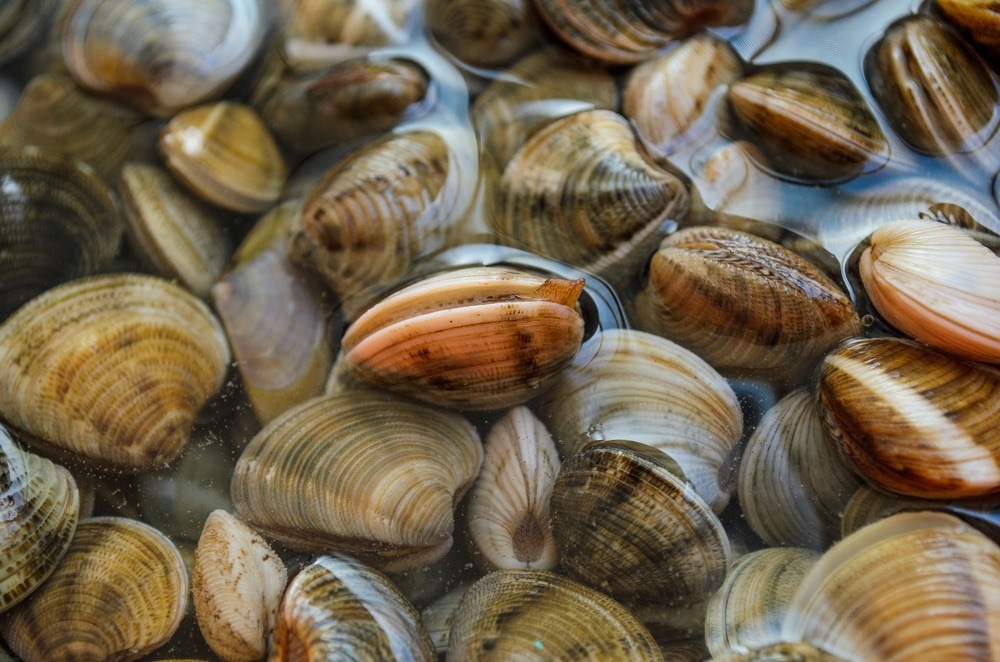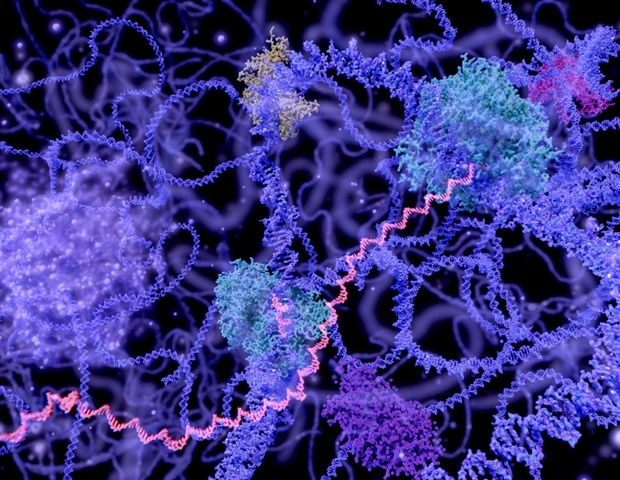In a research study published in Sustainable Agriculture, researchers evaluated teredinids as a potentially nutritious and sustainable future food source. They developed a pilot aquaculture system for these colloquially named ‘naked clams’ and elucidated their nutritional value when compared to conventional ‘blue foods’ such as blue mussels. Their findings reveal that naked clams are rich in beneficial nutrients, including monounsaturated fatty acids and vitamin B12, while containing protein content comparable to the blue mussels.

Encouragingly, tailored microencapsulated algal feeds on which the naked clams were grown were found to have a profound impact on their nutritional composition, thereby allowing for the missing essential nutrients to be added in future research. Together, these findings highlight the use of naked clams as an ideal future food source, both for humans and environmental health.
Why do we need sustainable food?
Human land use, especially within the agricultural sector, represents the highest single source of greenhouse gas emissions (mainly methane and nitrous oxide) in the world today. The United Nations (UN) has identified current agriculture and livestock production trends as significant barriers to the global effort to curb greenhouse gas emissions and warned that they may prevent nations from meeting their global warming mitigation targets.
In recent years, environmentally conscious individuals have shifted their consumption patterns away from conventional red meat towards’ blue foods’, nutrient sources derived from marine and aquatic organisms. These foods present a much smaller land, water, and carbon footprint than their terrestrial counterparts while being arguably more nutritious. The rising global adoption of blue foods, while hitherto common in coastal regions, has resulted in recent booms in the ‘urban’ aquaculture industry, providing a sustainable yet lucrative livelihood opportunity to its employees.
Of the numerous organisms under the ‘blue foods’ umbrella, bivalves, a cohort including clams and mussels, stand out as exceptional sources of proteins and essential micronutrients. Unfortunately, given their relatively high production cost, slow maturation, growth rate, and high susceptibility to infection and disease, most aquaculture farmers shy away from bivalve rearing in favor of more profitable (yet less nutritious) sectors, including salmon farming.
Teredinids, also known as ‘naked clams’ or ‘shipworms,’ are mollusks adapted for boring into wood, which forms the bulk of their diet. Unlike conventional bivalves, teredinids have a much faster growth rate (the fastest of all known bivalves), and lower production costs. However, they have seldom been researched for their potential as a sustainable source of blue food protein. Interestingly, Australian Aboriginals have farmed these animals as a food source for centuries.
“Teredo navalis, the species of aquaculture potential used in our study, can grow at 1.5–2 mm per day, far outstripping conventional ‘large-shelled’ bivalves such as mussels, which typically grow at 0.1–0.2 mm per day”
About the study
The present study aims to set the groundwork for naked clam aquaculture by developing an aquaculture setup and evaluating the nutritional composition of the clams under different dietary regimes, thereby establishing if dietary fortification could be used as a means to supplement the clams’ inherent nutritional benefits further.
Wild Teredo navalis samples were obtained from the north-eastern United States coast (Gloucester Harbour, MA, USA) by placing Eastern pine (Pinus strobus) panels in the water and allowing colonization of T. navalis larvae over the course of 10 months. At the time of collection, the larvae were approximately 9-month-old adults. Mytilus edulis (blue mussels) were obtained from a commercial farming facility in Shetland, Scotland, for use in nutritional comparisons. The M. edulis samples were two-year-old adults who had been reared on a wild marine plankton diet.
To test the dietary regimes’ impacts on T. navalis nutritional content, lipid-walled microcapsules were produced using the ultrasonic atomization of a premixed slurry comprised of 30% powdered Schizochytrium algae and an antibacterial waxy encapsulant. T. navalis were exposed to three dietary regimes – wood only (W), microcapsules + wood (MW), and Shellfish Diet 1800 + wood (SDW). Fecal expulsion was used as a proxy for feeding rate. Feces were measured daily via digital recordings and weekly via visual counting. Weekly countings were also used to measure fecal weight, and collected fecal pellets were subjected to electron microscopy (scanning [SEM]).
Nutritional profiling was carried out by homogenizing T. navalis tissue and comprised biochemical composition analyses, B12 content estimation, and lipid quantification. Analysis of variance (ANOVA) tests were used to contrast findings from the treatments (W vs. MW vs. SDW) and M. edulis samples.
Study findings
Feeding efficacy experiments revealed that the microcapsule + wood diet resulted in significantly higher mean fecal weight (0.26 mg) compared to wood only (0.11) or Shellfish Diet 1800 + wood (0.13). Fecal production rates, however, were found to be significantly lower in the microcapsule + wood diet, suggesting that microcapsule supplementation could reduce commercial production costs, especially those involving tank maintenance.
SEM results depicted significant differences in the composition and structure of T. navalis reared on W compared to those raised on MW. Notably, MW-raised T. navalis were found to produce significantly lower pseudofeces than W-raised individuals, further reducing feed wastage and tank maintenance requirements.
Nutritional evaluations revealed that T. navalis presented higher ask contents than M. edulis corresponding to lower quantities of fats, carbohydrates, and proteins. However, microcapsule supplementation alleviated these deficits, with MW clams presenting 29% higher protein content than W clams. Concentrations of carbohydrates (19%) and lipids (3.8%) were similarly improved on microcapsule intervention.
“Analyses revealed that Naked Clams had significantly higher levels of B12 than blue mussels. The B12 content of Naked Clams fed on wood + microcapsules was 142 ± 9 (SE) µg B12 per 100 g DW, significantly greater than that of blue mussels at 81 ± 9 (SE) µg per 100 g D”
Microcapsule supplementation was not found to alter vitamin B12 concentrations between MW and W naked clams. However, the concentrations of polyunsaturated fatty acids (PUFAs), Docosahexaenoic acid (DHA), and Eicosapentaenoic acid (EPA) were significantly higher in the MW cohort.
Conclusions
The current study presents the first demonstration of naked clam aquaculture as well as the scientific optimizations that can be employed to maximize yield and profits for prospective naked clam farmers. The study further assessed the nutritional composition of naked clams, and found that, while wild T. navalis does not meet the protein content of conventional blue mussels, the supplementation of algal microcapsules in T. navalis feed makes up for this observed demerit.
In contrast, naked clams were found to have significantly higher concentrations of essential nutrients such as vitamin B12 when compared to conventional blue food sources. Notably, naked clams respond well to diet-based fortification, as suggested by MW clams’ significantly higher nutritional content than their W counterparts.
“Overall, this study has provided the experimental foundation for a new form of sustainable food production that could turn wood into a protein and nutrient source for mass market human consumption. Naked Clams are hardy, grow exceptionally fast, and can be produced in static saltwater systems. There is an opportunity here to build a completely new aquaculture sector and open up a wealth of avenues for sustainable food production and consumption.”







